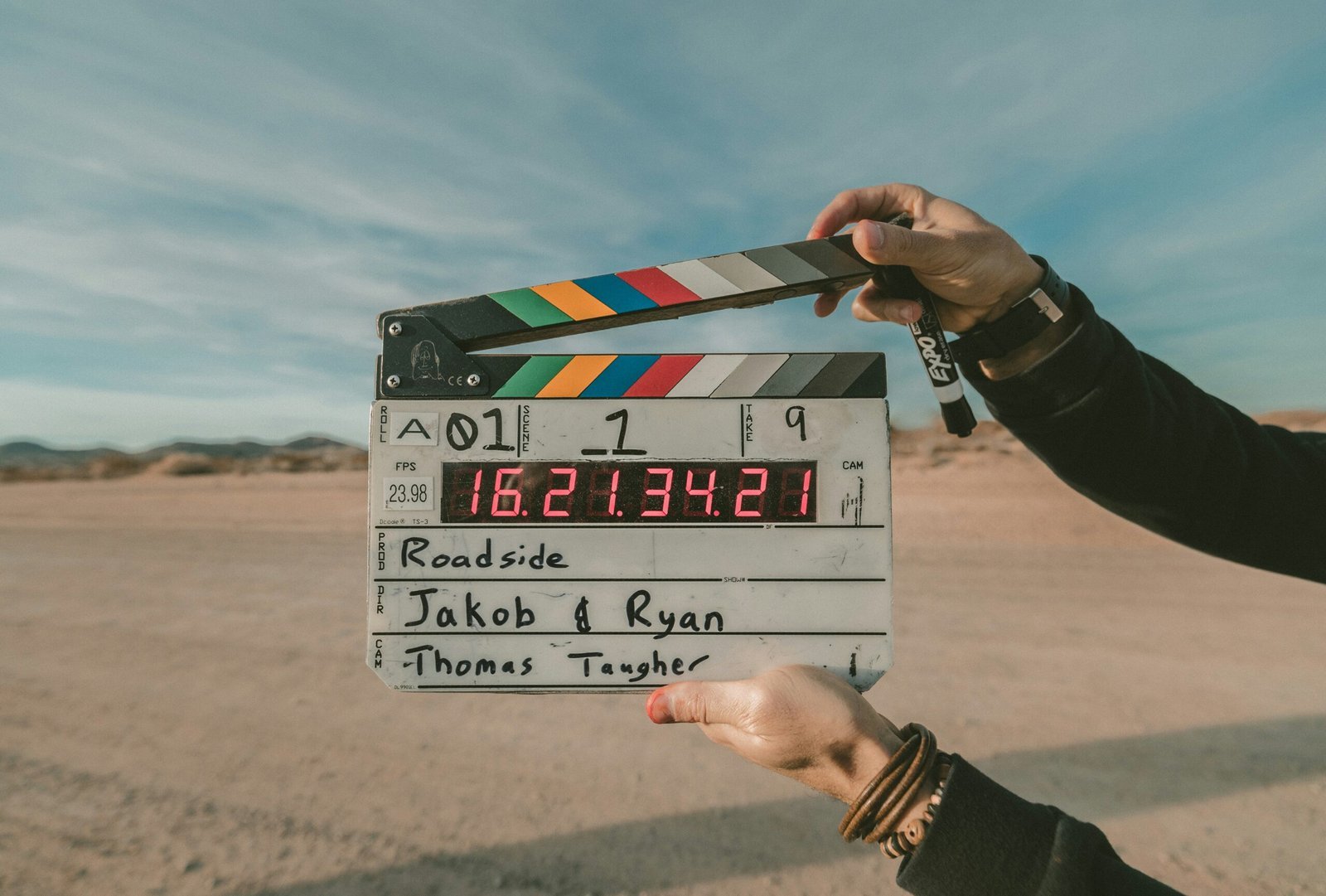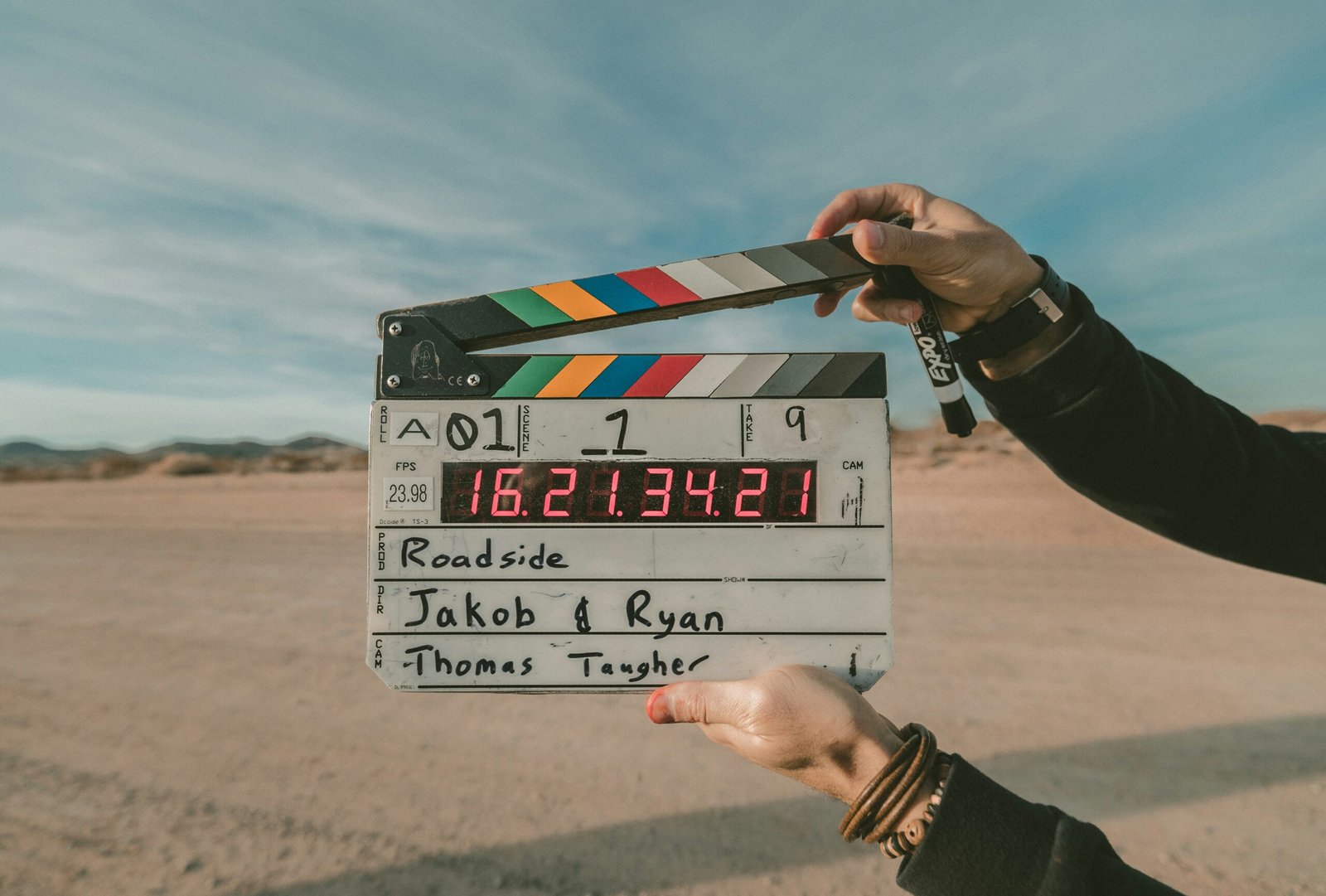
The cinematic impact of iconic motocar movie scenes reverberates throughout film history, shaping narratives, thrilling audiences, and leaving a lasting impression on popular culture. From high-octane chase sequences to poignant moments of character development, these scenes capture the essence of speed, freedom, and adventure associated with motocars. One of the most iconic examples is the exhilarating chase scene in “The Matrix Reloaded,” where Trinity maneuvers a Ducati motorcycle through oncoming traffic with breathtaking precision and agility, showcasing the fusion of cutting-edge visual effects and adrenaline-fueled action.
Motocar movie scenes often serve as a catalyst for character growth and transformation, providing a platform for protagonists to confront their fears, embrace their identities, and embark on epic journeys of self-discovery. In “The Motorcycle Diaries,” the sight of Che Guevara and his friend Alberto Granado traversing the breathtaking landscapes of South America on a dilapidated Norton motorcycle encapsulates the spirit of youthful rebellion and wanderlust, while also foreshadowing the revolutionary ideals that would shape Che’s future.
Beyond their narrative significance, motocar movie scenes have a visceral impact on audiences, eliciting a sense of excitement, danger, and liberation. Whether it’s James Bond navigating the bustling streets of Istanbul on a sleek BMW motorcycle in “Skyfall,” or Tom Cruise defying gravity atop a speeding Kawasaki Ninja in “Top Gun,” these moments of high-speed escapism transport viewers to thrilling new heights, fueling their sense of adventure and escapism.
Motocar movie scenes also provide filmmakers with a canvas for artistic expression, allowing them to experiment with innovative cinematography, sound design, and editing techniques to create immersive sensory experiences. In “Mad Max: Fury Road,” director George Miller masterfully orchestrates a symphony of chaos and destruction as a convoy of armored vehicles and motorbikes hurtle across a post-apocalyptic wasteland, propelled by the thunderous roar of engines and the frenetic energy of the chase.
Moreover, motocar movie scenes have a profound cultural impact, influencing fashion trends, inspiring enthusiasts, and shaping the collective imagination of generations. The iconic image of Marlon Brando astride a Triumph Thunderbird motorcycle in “The Wild One” became a symbol of rebellious youth culture in the 1950s, sparking a fascination with motorcycles and biker lifestyle that endures to this day.
In conclusion, the cinematic impact of iconic motocar movie scenes transcends the boundaries of cinema, resonating with audiences on a visceral, emotional, and cultural level. Whether they’re thrilling us with high-speed pursuits, challenging our perceptions of identity and freedom, or pushing the boundaries of cinematic artistry, these scenes continue to captivate and inspire, leaving an indelible mark on the world of film and popular culture.
